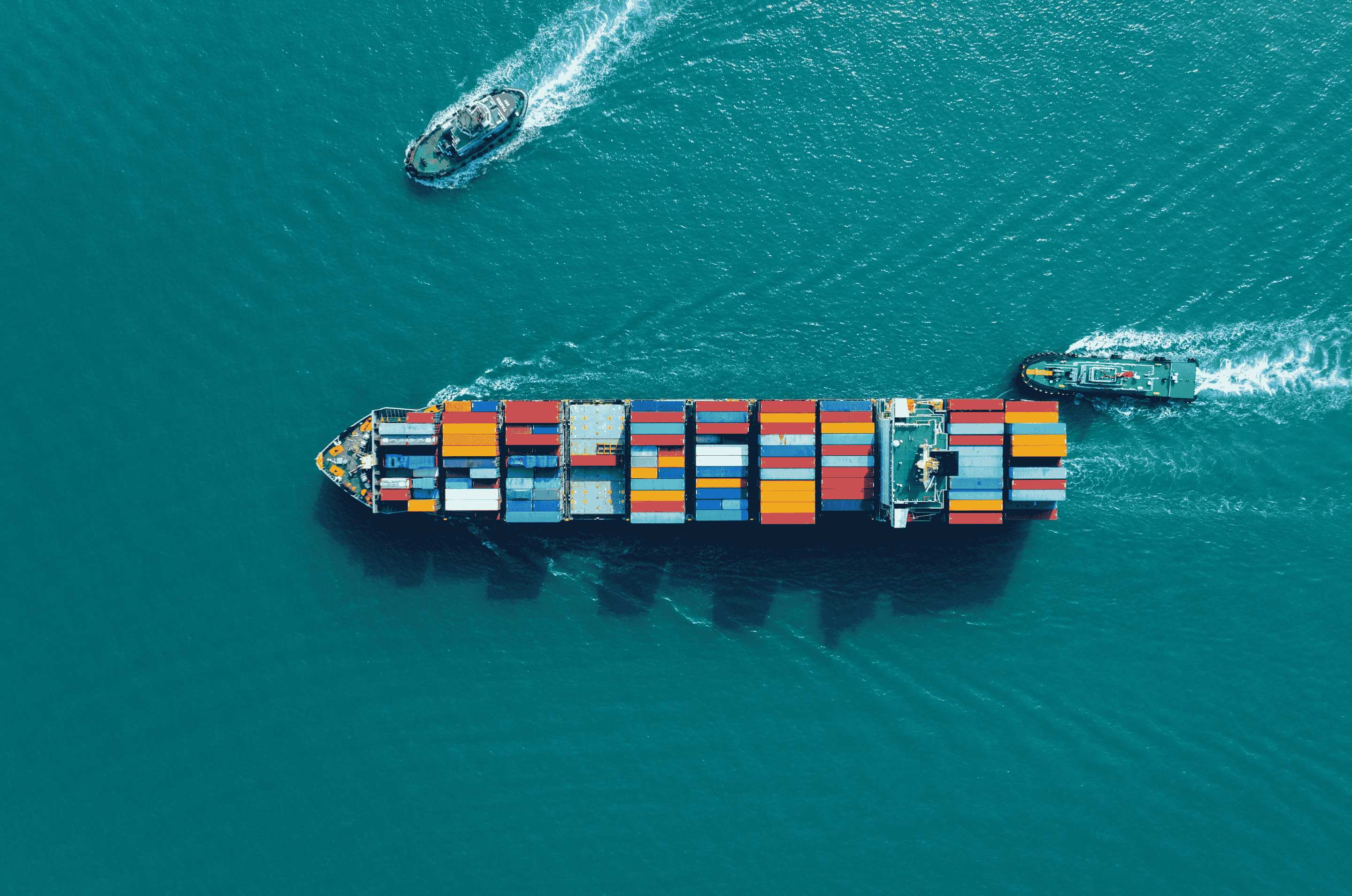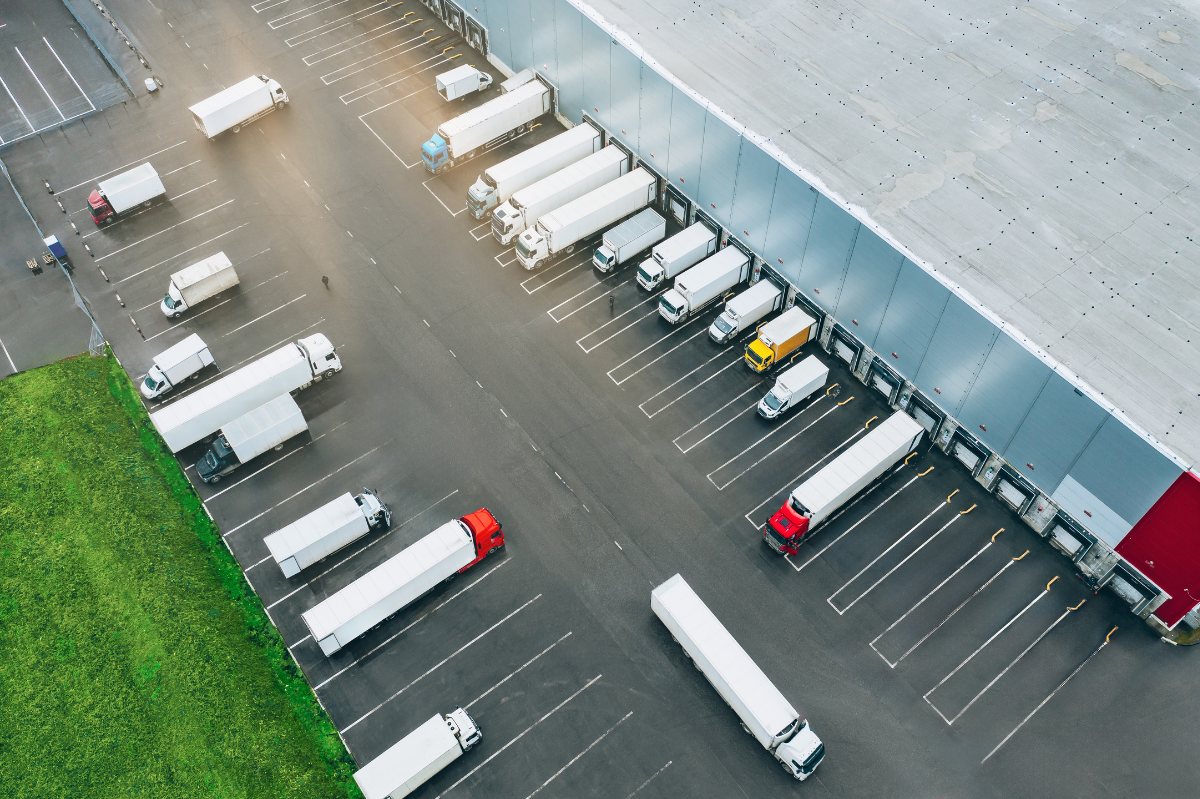Shipping and logistics never stand still, and this week is no exception. From shifting trade rules to rising freight rates and new sustainability goals, there’s a lot happening across the global supply chain. We’ve pulled together the stories that matter most to shippers, along with insights on what it means for your business, so you can make smarter, faster decisions.
Here are the 4 key stories and what they mean for shippers this week.
The Top 4 News Stories This Week
1. Geopolitical Tensions Rise Over Global Emissions Plans
The U.S. is pushing back against a new global emissions charge proposed by the International Maritime Organization (IMO), calling it a “carbon tax.” In response, China began imposing new port fees on U.S.-owned or operated vessels on October 14, with increases planned each year.
The U.S. is also considering additional tariffs on Chinese imports as early as November, adding to uncertainty around shipping costs and trade routes.
What It Means for Shippers
Expect higher costs and potential delays on transpacific routes. Now is the time to review your shipping lanes, evaluate tariff exposure, and build flexibility into your budgets and delivery timelines.
2. Market Volatility and Shifting Shipping Rates
Shipping rates between the Far East and the U.S. rose slightly in mid-October, but total import volumes are expected to decline for the rest of the year. Many retailers have already shipped goods early to stay ahead of tariff risks and softer consumer demand.
At the same time, major carrier alliances, led by MSC, now control over 80% of global container capacity, giving them more control over pricing and availability.
What It Means for Shippers
Prepare for rate fluctuations and tighter capacity. Booking space early and working with multiple carriers can help avoid last-minute cost increases.
3. Ecommerce and Fulfillment Continue to Evolve
Ecommerce logistics is focusing more on accuracy and transparency. Some fulfillment centers are now using camera systems that record every shipment, providing a video record to reduce fraud and handling errors. It's especially useful for high-value products.
Amazon also announced a small increase to Fulfillment by Amazon (FBA) fees for 2026, though the company noted that the rise will remain below inflation.
What It Means for Shippers
New technology is improving reliability and accountability in fulfillment operations. Companies managing fragile or high-value goods should explore audit-trail solutions to improve customer trust and reduce claims.
4. The Industry Pushes Toward Greener Shipping
The IMO’s emissions proposal is driving major carriers to invest in cleaner, lower-emission fleets.
- CMA CGM has ordered six LNG-powered container ships from India.
- South Korea’s HMM placed a $2.8 billion order for 14 LNG-fueled vessels.
These investments highlight a growing global pressure for the industry to decarbonize and align with new emissions standards.
What It Means for Shippers
Sustainability is becoming a key factor in long-term shipping decisions. Carriers that invest in greener technology may charge more initially, but can help reduce your carbon exposure and compliance risks.
5. Other Notable Developments
Prospects Improve for Red Sea Shipping Routes
Easing regional tensions have renewed hopes for reopening Red Sea shipping lanes, potentially cutting transit times and reducing insurance and fuel costs for vessels currently rerouting around Africa.
China’s Rare Earth Export Controls
China is tightening restrictions on rare earth metal exports. This may create supply shortages and significant shipping delays for tech products.
China is tightening restrictions on rare earth metal exports, materials essential for electronics and EV production, which could lead to longer lead times and supply shortages in the tech industry.
The Bottom Line
Shipping remains in a period of transition, with cost pressures, environmental regulation, and technology adoption all shaping how goods move around the world.
For shippers, staying informed and adaptable is critical. Understanding what’s changing today can help you prepare for tomorrow.
Related Topics
Learn how VESYL can save you money on shipping
Not sure which plan suits you best? Have questions about our software? Contact our sales team for expert guidance.




.png)
.png)
.png)